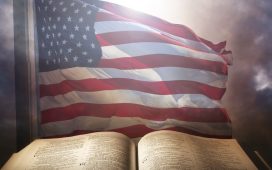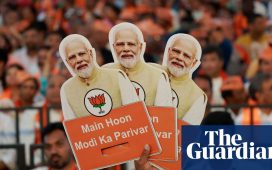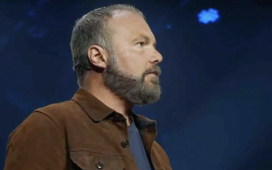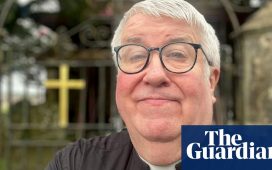The waning of Christianity may be still as much a baby-boomer story as a millennial one.
Measured by religious affiliation, yes, the millennial generation is the most secular in modern American history. Measured by religious attendance, they are the least churched of American adults. That much of the “secular young people” story is true.
But religious attendance ebbs and then flows across the life cycle, falling when you leave home and then increasing with child rearing and with the encroachment of mortality. And when the political scientist Ryan Burge recently compared weekly church attendance among today’s 20-somethings to weekly attendance among 20-somethings in the 1990s, he actually found a tiny increase: Church attendance has been falling among the middle-aged and early-elderly cohorts, but the typical millennial or Gen Z American is slightly more likely to be a weekly churchgoer than a Generation-Xer circa 1995.
So any recent secularization may reflect the aging-and-dying of the more pious Silent Generation, and their replacement in the 60- to 70-year-old cohort by boomers, as much as it reflects the sudden de-Christianization of the young. In which case the “shock” of de-Christianization in the 1960s and 1970s, the years of boomer young adulthood, is arguably still more important to our present situation than the millennial “aftershock.” Boomers kept identifying with the churches they had drifted from, while their millennial children dropped the residual identification. But it was the boomer embrace of religious individualism that really determined the country’s spiritual trajectory, not some unique millennial apostasy.
Finally, the third qualifier …
There’s a strong case that any crisis facing Christian institutions is a more Catholic crisis than a Protestant one.
This is not how the story of American religion since the 1960s is often told, because in terms of raw numbers of adherents the biggest post-1960s collapse clearly belongs to Mainline Protestantism, with evangelical Christianity and Catholicism looking similarly stable.
But divide American Christianity along Catholic-Protestant lines, rather than into a Mainline-Evangelical-Catholic troika, and you can tell a different story — where evangelicalism gained at the Mainline churches’ expense, keeping the broader Protestant position constant, while Catholicism was saved from a Mainline-style decline only by Hispanic immigration.
The collapse of Catholic mass attendance after the Second Vatican Council — the subject of a fascinating new book, “Mass Exodus,” by the British theologian and sociologist Stephen Bullivant — was more dramatic than any general Protestant development. The subsequent Catholic ratio of deconversions to conversions, of ex-Catholics to new ones, is a grim indicator for the church — worse than the Mainline by far, visible among Hispanic Catholics as well as whites. And after a long period of immigrant-supported stabilization, in the current “aftershock” it’s mostly Catholic mass attendance that’s been falling, even as Protestant church attendance bobs up.




